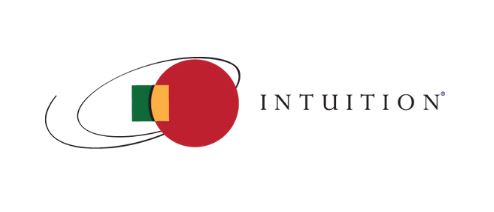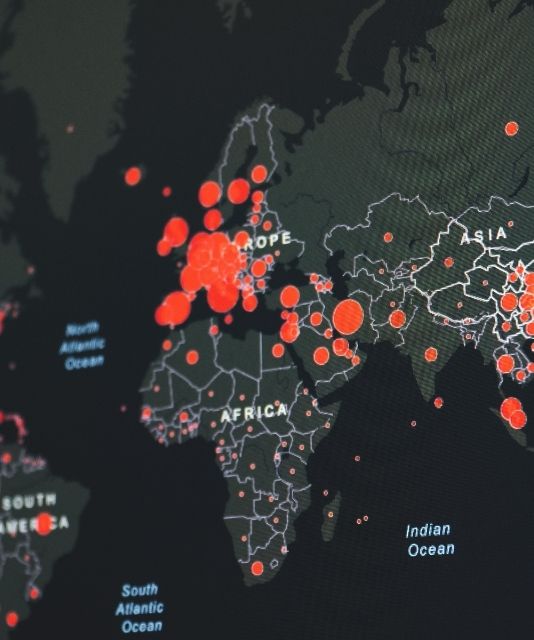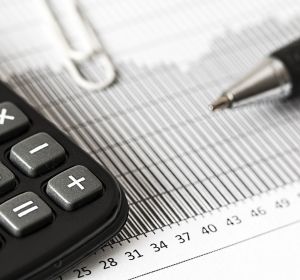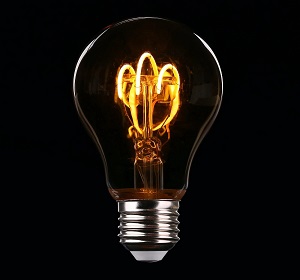A precious metal is a rare metallic chemical element of high, durable economic value.
Precious metals are very malleable, highly resistant to corrosion, excellent reflectors of light, and very conductive to heat and electricity.
Precious metals were historically important as currency but are now primarily regarded as investment and industrial commodities.
The more popular precious metals traded are:
- Gold
- Silver
- Platinum
- Palladium
Let’s take a closer look at gold.
[What are the different types of commodities?]
Demand for gold
Gold is in demand as both a financial (monetary) asset and a commodity. As a monetary asset, gold has always been in demand. It has a proven ability to preserve its value over time and has historically been used as a hedge against asset erosion in times of high inflation and political unrest.
Gold was traditionally used as a medium of exchange for international currencies; most of the major currencies were backed by, or pegged to, gold. The UK, one of the world’s biggest trading countries in the early 19th century, was among the first to back its currency with gold. Other countries soon followed this trend.
As late as 1944, the Bretton Woods Agreement saw the world’s paper currencies pegged to the US dollar, which in turn was fixed against the price of gold (the “gold standard”). Such a system existed until 1971, when President Nixon canceled the agreement by ending the convertibility of US dollars into gold.
Gold is an excellent conductor of electricity and is extremely resistant to corrosion. Because of these qualities, gold has industrial uses – primarily in electronics (where it is used in everything from washing machines to NASA space shuttles).
However, it is estimated that only 10-15% of annual gold demand worldwide comes from industrial use, the rest going to jewelry and investment.
[What are ferrous metals? Supply and demand, trading, and hedging explained]
Supply of gold
Gold is produced in many countries, including China, Australia, the US, Russia, South Africa, Peru, Canada, Ghana, Indonesia, and Uzbekistan. Production is increasingly shifting to developing countries, with output from developed countries falling.
The London bullion market is the center for world physical gold trading, with Zurich, Shanghai, and Hong Kong being other important physical trading locations.
Gold derivative contracts are traded on the COMEX Division of the CME Group, Shanghai Futures Exchange (SHFE), Tokyo Commodity Exchange (TOCOM), and many other derviatives markets around the world.
Price of gold
Unlike many other commodities whose prices are entirely determined by supply and demand fundamentals, gold prices are influenced by other factors.
Let’s look at some key drivers of gold prices:
Flight to quality
During periods of market volatility and uncertainty, gold is generally seen as a secure, attractive investment. As a result, it is often used as a hedge against asset erosion in times of political unrest, financial crises, and high inflation.
Generally speaking, gold tends to perform well when the economy is performing badly. For example, during the European sovereign debt crisis in 2011/12, gold traded up USD 1,900 an ounce. This was up from USD 1,200 in 2010. After the debt crisis eased in 2013/14, gold was back to USD 1,200.
Portfolio diversification
In line with Markowitz’s portfolio diversification theory, portfolios are seldom created using only one form of asset as this would pose too much of a risk should the market value of that asset fall. Most portfolios are invested primarily in traditional financial assets, such as stocks and bonds. Gold returns tend to exhibit low correlation to returns on other financial assets, such as equities. This makes gold the asset of choice for many investors looking to diversify their portfolios. It is important to note that direct investment in gold stocks is subject to market risk (which can be extremely volatile at times) and may not provide investors with the required level of exposure to the price of gold. This can be a driver for direct investment in gold markets.
[Crude oil explained: What it is and its characteristics]
Trading
Gold trading takes place on exchanges and the over-the-counter (OTC) market. Gold trading activity includes hedging, speculating, and arbitrage.
Gold lease market
The potential return on gold comes from two sources — price increases and income from the gold leasing market. It is this second source that is sometimes unknown to many people. Some people may view gold as bearing negative interest, due to storage and insurance costs. However, gold can be borrowed/lent in the gold lease market — the gold lease rate is the interest rate paid on gold deposits.






